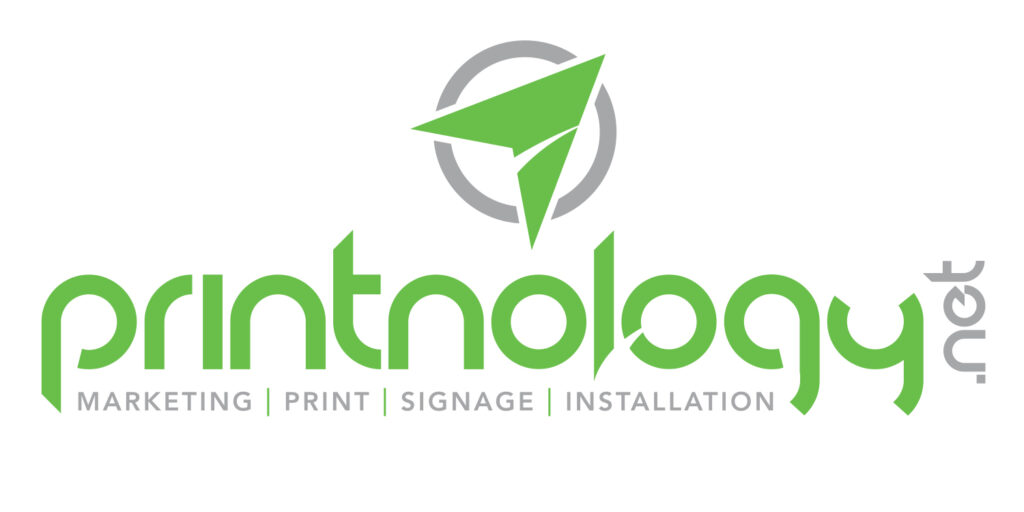Introduction
In the world of advertising, billboards have long been a staple. However, with the advent of digital technology, the debate between digital and static billboards has intensified. Which type of billboard captures more return on investment (ROI)? Let’s explore.
Understanding Digital Billboards
Digital billboards are dynamic and can display multiple advertisements in a single location. They offer flexibility and can be updated remotely, making them a popular choice for advertisers looking to engage audiences with timely and relevant content.
Advantages of Static Billboards
Static billboards, on the other hand, provide a constant presence. They are often more cost-effective and can be strategically placed to target specific demographics. Their simplicity can be a powerful tool in a cluttered advertising landscape.
Comparing ROI
When it comes to ROI, both digital and static billboards have their merits. Digital billboards can capture attention with vibrant displays and timely messages, potentially leading to higher engagement rates. Static billboards, however, offer consistent exposure and can be more budget-friendly.
Conclusion
The choice between digital and static billboards ultimately depends on the specific goals and budget of the advertising campaign. Both have unique advantages that can be leveraged to maximize ROI.












Leave A Comment